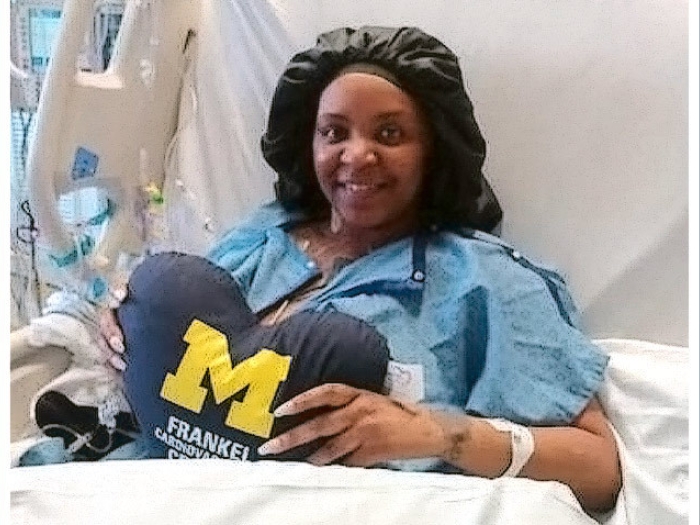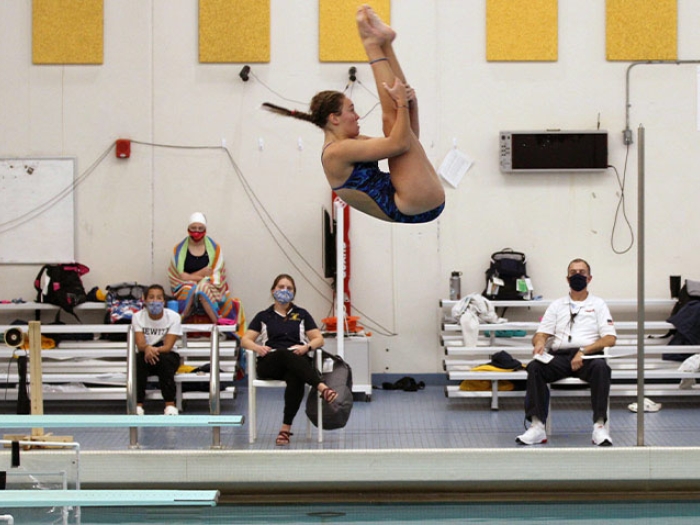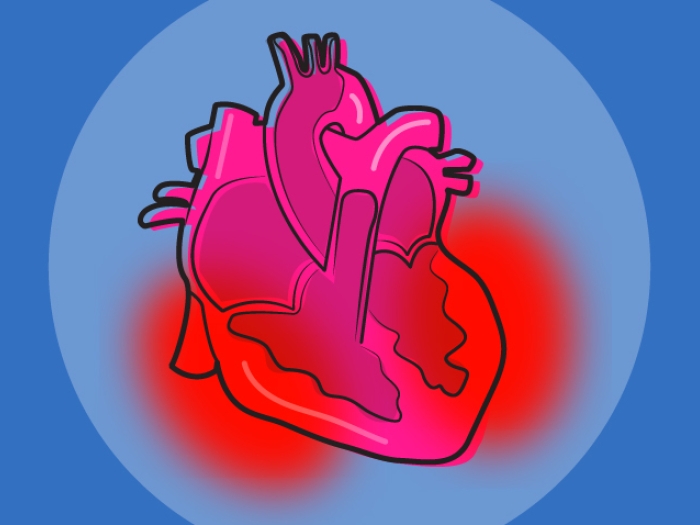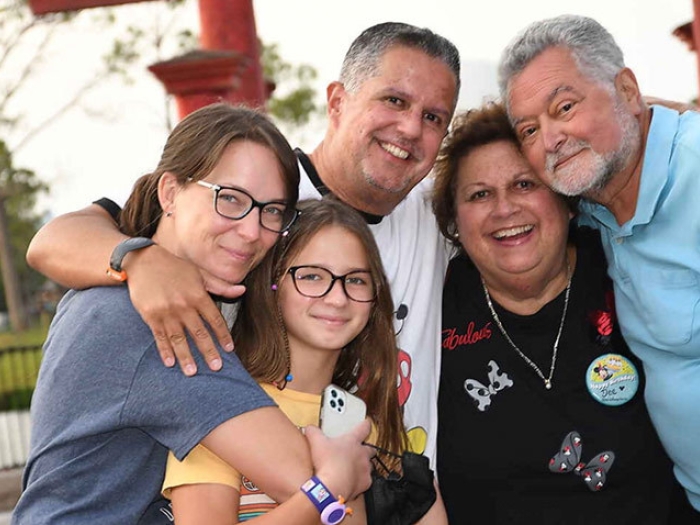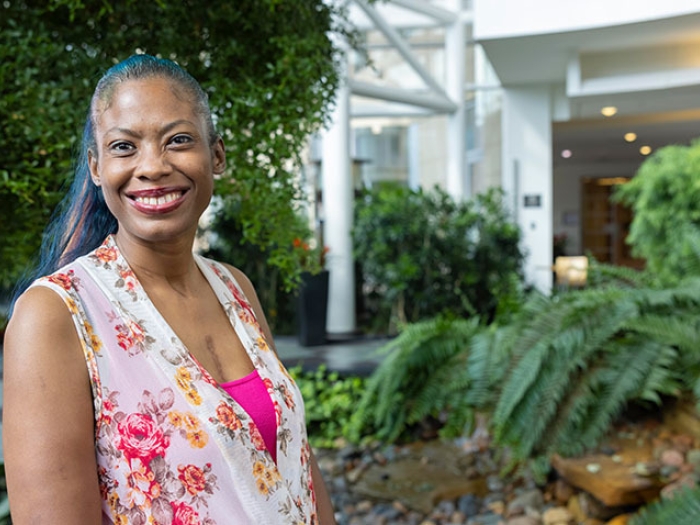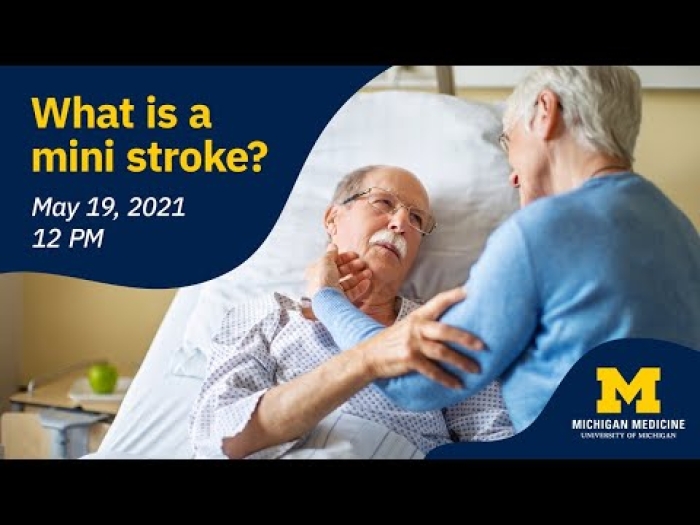For one ventricular assist device patient, the chance to live a more active life had much more to do with helping others than himself.
5:00 AM
Author |
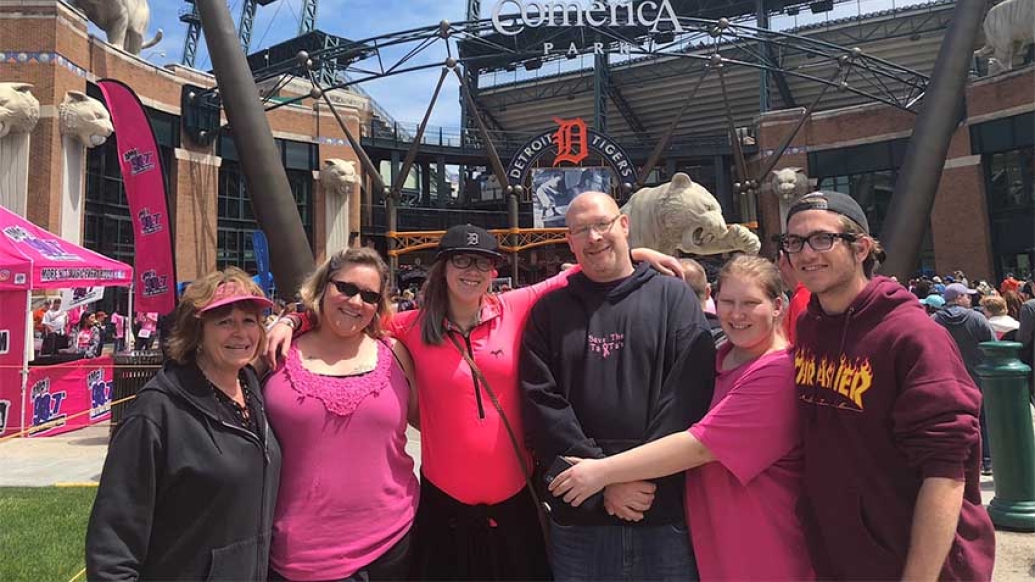
Preston Sporer was born with aortic stenosis, a condition that would define his life.
From an early age, he wasn't able to participate in any type of strenuous activity, including gym class.
MORE FROM MICHIGAN: Sign up for our weekly newsletter
"I knew my limitations," he said, recalling shortness of breath and fatigue as a part of his everyday life.
This was just the beginning of what would eventually lead to a ventricular assist device, also known as a VAD, that has allowed the 50-year-old to do the things he loves, particularly keeping up with his three-year-old grandson and volunteer work with a group he refers to as "seniors with disABILITIES."
From the beginning
As a young boy under the care of pediatricians, Sporer was treated with medication and underwent several heart-related treatments — all before the age of 10.
Over the years, he learned to live with his symptoms, often going for stretches of time without receiving medical care.
In 2001, however, with his condition worsening and a new diagnosis of heart failure, he underwent an open-heart aortic valve replacement procedure at a hospital near his home in Brighton, Michigan.
When symptoms returned in 2007, he turned to the University of Michigan Health Frankel Cardiovascular Center, where he was initially treated with medication.
"We wanted to do whatever we could to avoid having another aortic valve surgery," said Sporer.
While the medication helped for a while, he again required an open aortic valve replacement procedure, followed in 2019 by a minimally invasive transcatheter aortic valve replacement, also known as a TAVR, procedure. With a TAVR patients can avoid an open surgical procedure with quicker recovery and a shorter hospital stay.
How a VAD works
For the retired mason, however, a more aggressive solution would be the next step. Sporer would need a ventricular assist device.
A VAD helps to pump blood from the left ventricle (the left lower chamber of the heart) into the aorta, the main vessel that carries blood from the heart to the rest of the body. Implanted inside the body, the pump is connected to a cord, or "driveline," that exits through a small site in the abdomen. The driveline is connected to a small computer, called the controller, which is attached to batteries and runs the pump. The controller is worn by the patient in a holder (a specially designed vest, shoulder bag or waist pack), close to the body.
Like Podcasts? Add the Michigan Medicine News Break on iTunes or anywhere you listen to podcasts.
The device can be used in two ways: as a bridge to a heart transplant in patients who meet the qualifications for a transplant but need temporary support to survive until a donor heart becomes available, or as destination therapy for patients with advanced heart failure who may not be eligible for a heart transplant. As destination therapy, VADs are implanted permanently as long-term support to extend a patient's life.
Sporer's VAD would be considered destination therapy as other conditions — including diabetes and esophageal cancer — made him ineligible for a heart transplant.
No easy decision
But his decision for a VAD didn't come easy.
"I was terrified," he admits, "The whole idea was so scary, but at that point I couldn't even walk across the room because my breathing was so bad."
Sporer looked to Frankel CVC resources to help with his decision, including physician assistants Angela Rose, PA-C, and Kevin Knott, PA-C, social workers and other VAD patients who shared honest information about life with the device, including the benefits and risks.
On March 3, Sporer underwent surgery to implant his ventricular assist device. "I did great," he said, noting that he was able to leave the hospital in 13 days – ahead of the typical 18-plus days for most patients.
"Mr. Sporer's fighting spirit and his curiosity about how the VAD operated is what helped him get back home to his family so quickly," said Knott.
"The patient and his wife — his primary caregiver — picked things up very quickly regarding life with a VAD," added Rose.
Education is key
The Frankel CVC VAD team provides education by dedicated health care professionals and VAD coordinators along with support from social workers and other VAD patients.
"Our VAD coordinators provide the majority of post-VAD education and ensure patients and their caregivers understand all aspects of living with a VAD — from changing batteries and monitoring alarms to taking care of the driveline site and ensuring their home has the proper electrical outlets," said Rose.
A multidisciplinary VAD team is available 24/7 to provide comprehensive care for patients. "We make sure all of our patients' questions are answered and talk them through different scenarios they may encounter," said Rose.
"We educate patients and their caregivers about every aspect of their VAD, including how it operates, how to change the batteries, what the alarms indicate, how to troubleshoot the alarms and how to perform sterile dressing changes to the driveline exit site," said VAD coordinator Rená Lucier, R.N. "In fact, a patient cannot leave the hospital until they have a full understanding of their VAD and can manage it with confidence."
Living with a VAD
Today, Sporer couldn't be more thankful for his ventricular assist device and increased energy level.
"I need it for my volunteer work with adults with disABILITIES through the Special Ministries of Livingston County," he said, adding that his wife, Brook, is the program supervisor.
For everyone involved, Sporer's ventricular assist device is a win-win as he uses his newfound energy and health to help improve the lives of others less fortunate.
And he wouldn't have it any other way, saying: "Offering my time is the best medicine there is."

Explore a variety of healthcare news & stories by visiting the Health Lab home page for more articles.

Department of Communication at Michigan Medicine
Want top health & research news weekly? Sign up for Health Lab’s newsletters today!
